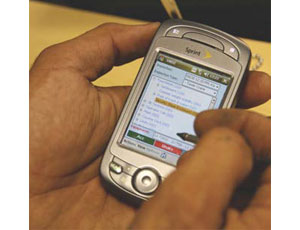... yet certified or licensed. “The ultimate goal is to ensure that the cranes are safe to operate,” says Hector Castro, a spokesman for Washington’s Dept. of Labor and Industries, which regulates cranes in the state. “People are the key to tower crane safety,” Juhren adds.

Ironically, the stakes in the safety game usually go up after, not before, lives are lost. Washington initiated its rule in 2007 after a deadly tower crane collapse in Bellevue, attributed in part to a lack of inspections. California’s rule came on the heels of a deadly tower crane collapse in San Francisco in 1989.
Even companies like Morrow and J.E. Dunn are not immune to accidents. In 2008, OSHA slapped Morrow with five violations—including a “willful” fine—the agency’s most serious—after a tower section fell during a crane climb in Miami. Investigators found that the crew did not follow manufacturer instructions. Morrow eventually settled with OSHA, the terms of which included knocking the “willful” citation down to “serious.”
Recent crane accidents were not the sole reason behind Morrow’s new training, but they “influenced” the curriculum, Juhren says. “Nobody wants to be in the spotlight,” he adds. “But every once in a while, we get into the spotlight. And we have to dance.”
Likewise, in 1985, a derrick fatality on a J.E. Dunn project in downtown Kansas City forced the company to rethink its hoisting protocols, many of which are still in use today.
“It’s not about how much money we make or how tall we build the next building.” Hall says. “It’s not a success if someone doesn’t come home at the end of the day.”


Post a comment to this article
Report Abusive Comment